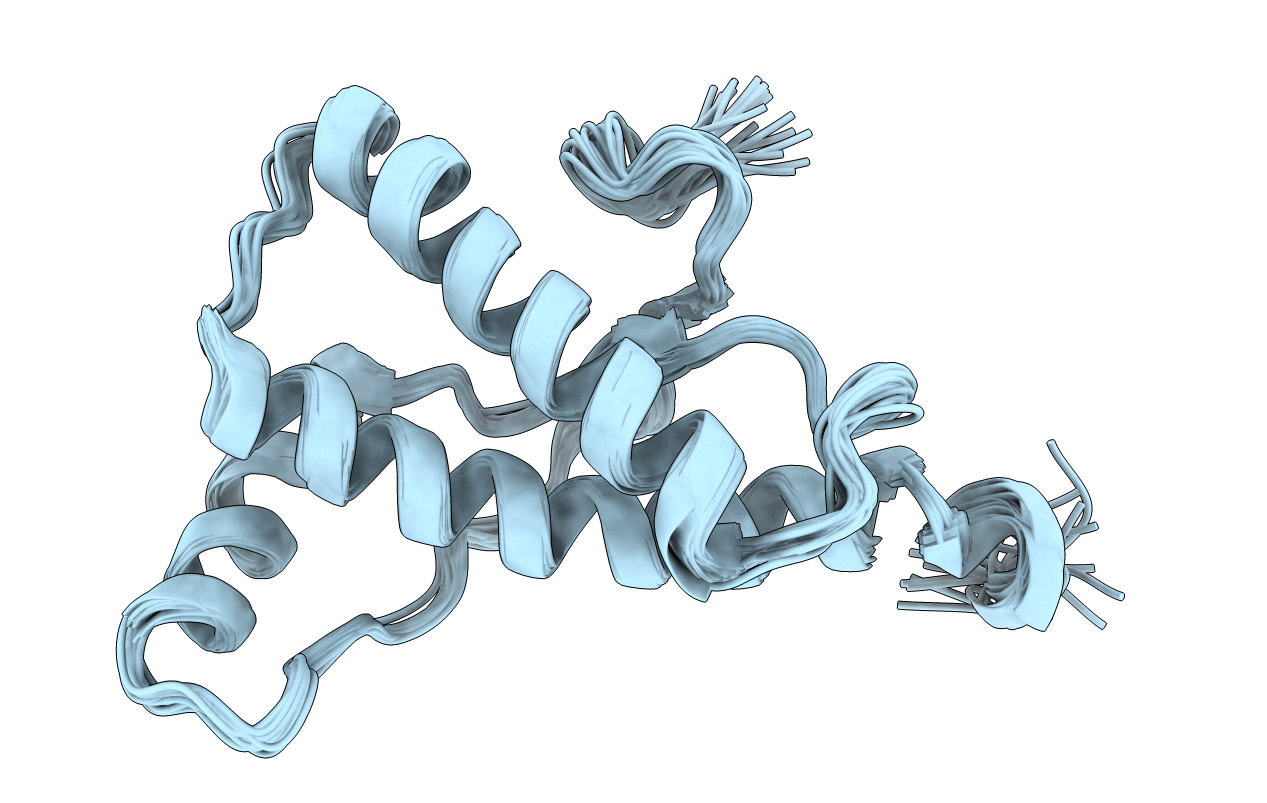
Deposition Date
2010-02-12
Release Date
2010-06-09
Last Version Date
2024-05-08
Method Details:
Experimental Method:
Conformers Calculated:
100
Conformers Submitted:
20
Selection Criteria:
target function


